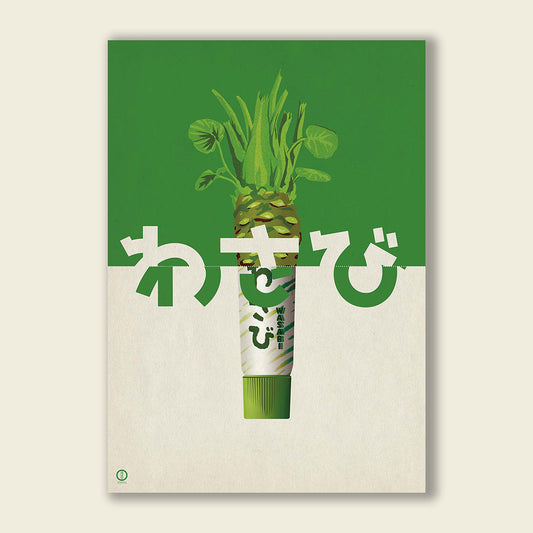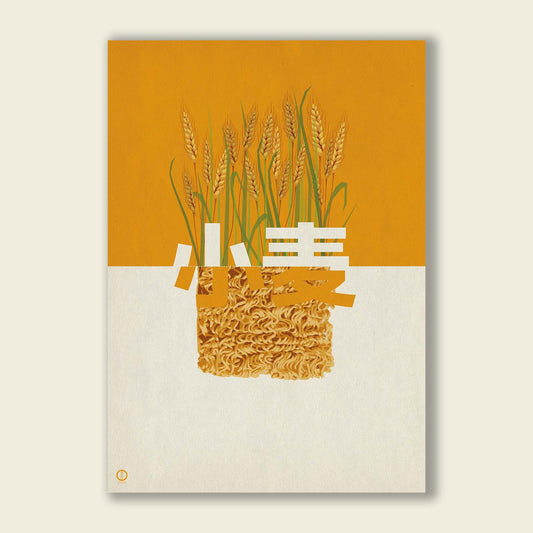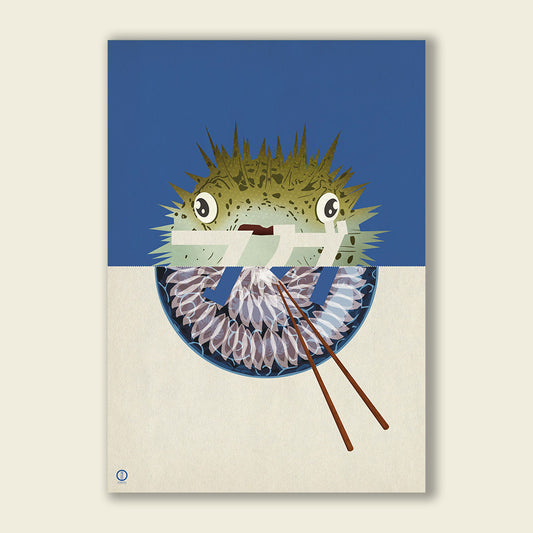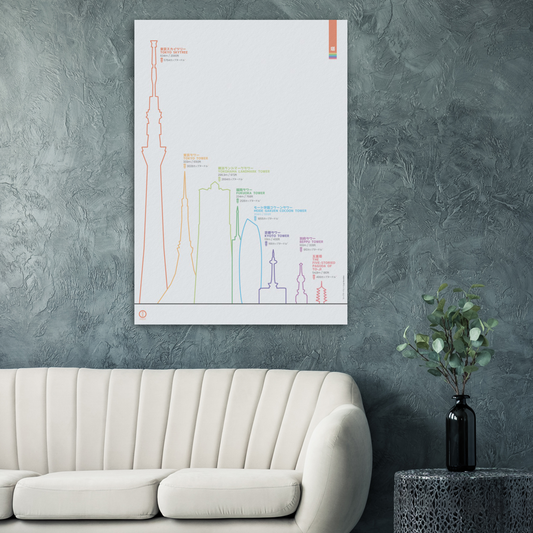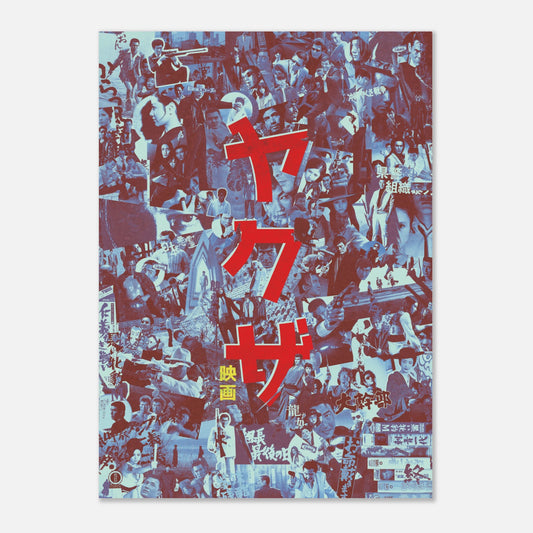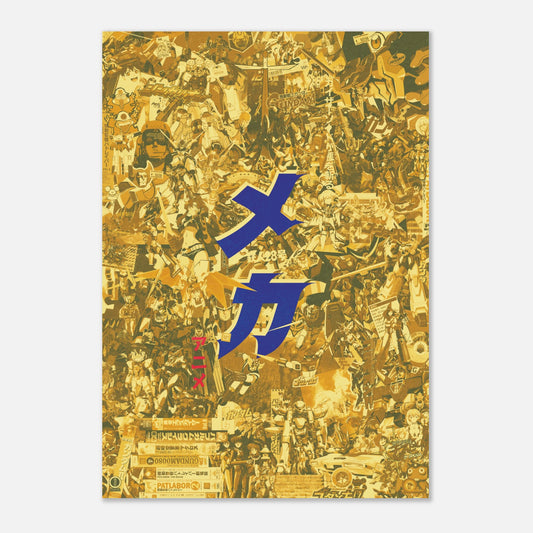What is Teineigo? Polite Language in Japanese Explained
Share
Teineigo (丁寧語) is the basic form of polite Japanese, and probably the first type of keigo you’ll learn. It uses the です・ます form to make your speech more neutral and respectful. Unlike sonkeigo or kenjougo, it doesn’t raise or lower anyone, it simply keeps things polite.
Teineigo is used in most everyday situations: talking to strangers, colleagues, store staff, teachers, or anyone you’re not close to. It’s considered the “safe default” in Japanese.
When do you use teineigo?
Use it when:
- You’re speaking to someone outside your inner circle
- You want to sound polite but not overly formal
- You’re in public, at school, at work, or online
How is teineigo formed?
It’s based on the ます-form for verbs and です for nouns/adjectives:
- Verb: 食べる → 食べます (たべます)
- Verb: 行く → 行きます (いきます)
- Noun: 学生 → 学生です (がくせいです)
- い-adjective: 楽しい → 楽しいです (たのしいです)
- な-adjective: きれい → きれいです
Common phrases in teineigo
- こんにちは。お元気ですか?
(こんにちは。おげんきですか?)
Hello, how are you? - これは何ですか?
(これは なんですか?)
What is this? - 明日行きます。
(あした いきます)
I will go tomorrow.
Teineigo vs casual speech
Teineigo uses です・ます. Casual speech drops them.
| Casual | Teineigo | Translation |
|---|---|---|
| 食べる | 食べます | to eat |
| 行く | 行きます | to go |
| 学生だ | 学生です | I’m a student |
| 楽しい | 楽しいです | It’s fun |
| きれいだ | きれいです | It’s pretty |
Tips for learning teineigo
- Practice turning casual verbs into their ます-form
- Use です after nouns or adjectives when unsure
- Listen to Japanese news, announcements, or NHK Easy for good examples
Related content
- Back to Keigo overview
- What is Sonkeigo? (Respectful Language)
- What is Kenjougo? (Humble Language)

